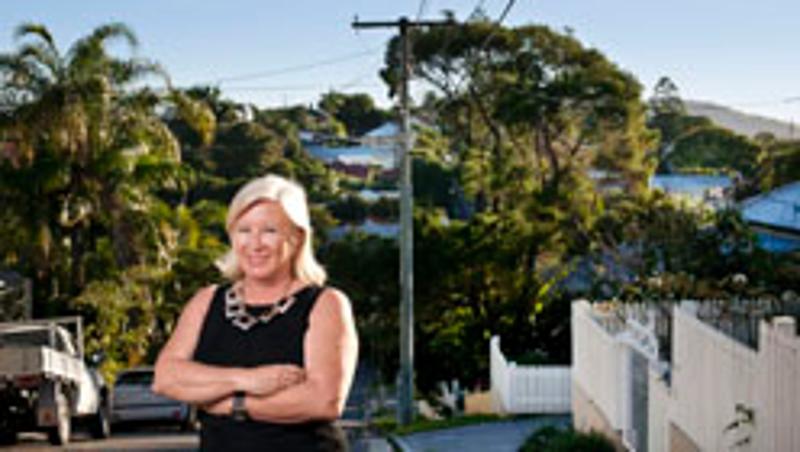
Every single town in Australia has been rated on its proximity to cardiac care, before and after a heart attack, in a new report published in Circulation and headed by Queensland University of Technology (QUT).
Associate Professor Robyn Clark, from QUT's School of Nursing, led a national research team for the seven-year multi-disciplinary project, entitled the Cardiac Accessibility and Remoteness Index for Australia (Cardiac ARIA), with funding from an Australian Research Council Linkage Grant and linkage partner AlphaPharm Pty Ltd.
The index, developed by cardiology professionals and geographers, informs residents and health professionals on what level of emergency and preventative care is available in their neighbourhood in the potentially life-threatening event of a heart attack and when they return home after a cardiac event.
Professor Clark said the project found 71 per cent of Australians lived in Cardiac ARIA "1A" locations, which have specialist hospital care and four types of aftercare within one hour's drive.
However, she said, only 68 per cent of people over 65 years of age and 40 per cent of Indigenous people lived within 1A locations.
"The first 60 minutes of experiencing symptoms of a heart attack or any cardiac event is the 'golden hour' in which to receive treatment and achieve the best recovery results possible," she said.
"It is also the maximum length of time people seem willing to travel to get to services that help prevent future secondary attacks after they return home, which occurs in 50 per cent of cases."
Professor Clark said each location was given a numeric/alpha rating, where the number related to proximity of emergency cardiac care, and the alphabetic letter referred to accessibility of services which helped prevent a secondary cardiac event.
The Cardiac ARIA index for 20,387 Australian locations can be found at http://eprints.qut.edu.au/49163/3/49163SupplementalMaterial.xlsx. For state by state details click on CARIA data page at the foot of the spreadhseet.
The numeric index ranged from 1 (access to principal referral centre with cardiac catheterization service up to one hour away) to 8 (no ambulance service, more than 3 hours to a medical facility, with air transport required). The alphabetic index ranged from A (all four aftercare services - family doctor, pharmacy, cardiac rehabilitation, and pathology services - available within a one hour drive) to E (no services available within one hour).
Professor Clark said no matter how near or far a person lived from treatment, the most important factor in surviving a heart attack was to recognise it and seek help as soon as possible and for rural and remote communities to have systems in place to access specialist cardiac care even if it is virtual, using communication technology.
"This list may encourage people to react early if they know how far they are from cardiac care," she said.
"It may also help health professionals make the best decision on which type of emergency care to use and for communities to ensure efficient clinical pathways can be activated for rapid access to specialist cardiac care.
"For example, a person may be close to a regional medical centre where clot-busting drugs (called thrombolytic agents) can be administered, but within an hour's ambulance drive from a cardiac catheterization service, where stents (tiny wire mesh tubes which prop open arteries) can be inserted, so a decision needs to be made whether to get nearby help, or to re-route to the specialist cardiac care."
Professor Clark said heart attacks were caused when build ups of fatty deposits, called plaque, clotted the arteries which fed the heart muscle and prevented blood flow.
She said emergency cardiac events also included cardiac arrest, life-threatening arrhythmias, acute coronary syndromes and acute decompensating heart failure. They were indicated by symptoms such as chest pain, collapse, loss of consciousness, severe shortness of breath, fainting and sustained palpitations with light-headedness.
The article has been published online by journal Circulation.
For more information on the signs and symptoms of heart attacks, go to the Heart Foundation website.
Related stories:
QUT researchers take pulse of Ashgrove voters
Killed by cold: heart and stroke deaths peak in winter
Kyly's healthy career puts Indigenous women first
Media contacts:
Rachael Wilson, QUT media unit, 07 3138 9449 or media@qut.edu.au (Wed/Thu)
Rose Trapnell, team leader, QUT media unit, 07 3138 2361 or 0407 585 901 rose.trapnell@qut.edu.au




